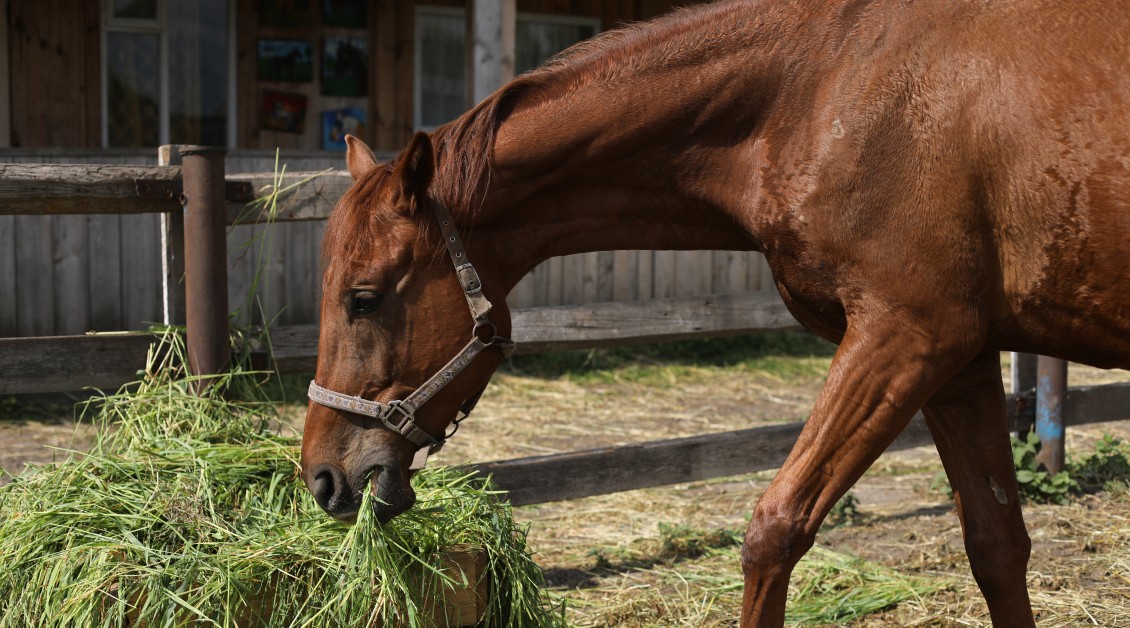Keeping a Tiger as a Pet
Tigers, although beautiful and exotic, are best left in the wild.

With the featured Netflix sensation Tiger King, the thought may have entered your mind at one point or another to own a tiger, or other exotic large cat, as a pet. Their sheer power, beauty, and unmatched athleticism is something truly to behold. Sadly, of the estimated 10,000 captive wild cats in the United States, only an estimated 350 are held in registered and accredited zoological facilities. Private ownership of a tiger as a pet is not recommended, and many states have very strict bans or restrictions surrounding the possession of exotic animals. Not only is a tiger a wild, endangered species that should be left in nature, but a tiger has extremely intricate and difficult behavioral, dietary, and exercise needs that must be met in order for the animal to stay happy and healthy.
Tiger Habitat Needs
First and foremost, a tiger is a wild animal. Tigers are accustomed to having thousands of acres to roam and hunt in the wild. In the wild, it is not uncommon for a male tiger to have a territory that exceeds 40 miles. Restricting a wild tiger to just a small area will not only cause a tiger to become stressed and anxious, but it can have a disastrous impact on his or her overall health. This is an extremely territorial cat, and when forced to live in small confines can become seriously ill or stressed. Tigers are wild predators that are meant to search and seek out meal opportunities. They enjoy a wide area with varied terrain to exercise, hunt, and feel protected and safe. Many people do not have nearly enough space available to give a tiger the room it needs to roam and hunt.
Further, it should not be left unsaid that tigers are dangerous animals. They are wild, big cats that are top predators in their environment. If you are considering keeping a wild tiger as a pet you must also consider the safety and security of yourself and the neighbors around you. Not only can tigers swim and climb, but they are accomplished jumpers too. This means that you must have every security measure in place in order to safely and securely keep your tiger enclosed and safe. Even the best, well funded, zoos in the world have had tigers escape from their enclosures, posing a risk to the tiger and the humans in the area. Just recently in 2007, a tiger escaped from San Francisco Zoo and killed a guest at the zoo.
Dietary Requirements of Tigers
As a large cat, usually exceeding 600 pounds, a tiger needs a tremendous amount of protein in his or her diet. In the wild, a tiger will bring down a large antelope, deer, or water buffalo and eat over 80 pounds of meat in one meal. Not only is providing 80 pounds of meat for a single meal expensive but simply being able to store that much meat in a safe and healthy way for future meals is unreasonable for most people.
In captivity, most tigers eat a steady meal of ground beef, but this is not enough to keep a tiger healthy. Additional enrichment items are necessary to keep your tiger in optimum health. Often, supplemental knucklebones are given to tigers to allow them to chew and keep their teeth in good shape. Occasionally wild animals, such as rabbits, will be released in enclosures to provide enrichment and encourage natural predatory behaviors. Unfortunately, for the average person considering a tiger as a pet, these are unrealistic and unattainable dietary requirements for keeping a tiger healthy.
Overall Tiger Care
Aside from having a healthy place for your tiger to live, complete with a steady diet which includes pounds of meat each day, it is important to consider the overall care of the tiger including his or her medical needs and behavior. Tigers are not a domesticated animal, and therefore should not be expected to behave like a domesticated cat would. Further, their medical needs far exceed the expertise of many local veterinary offices, with complicated medical concerns that could lead to costly and intensive veterinary visits.
Human Danger
Probably the biggest concern with keeping a tiger as a pet is the danger associated with enclosing a wild animal. Tigers are predatory animals and it is in their nature to hunt and seek out food. Tigers pose an immediate danger to humans and therefore should be left in the wild. When examining the number of attacks on humans committed by large cats kept as pets, the numbers are striking. Between 1990 and 2014 there were approximately 260 attacks on humans from large, non-domesticated wild cats. These 260 different attacks came from 16 different species of cat, however over 50% of the attacks came from tigers.
Medical Considerations
Tigers have extremely complicated medical needs and it can be nearly impossible to find a veterinarian to care for a large cat, outside of a zoological facility. In fact, it is estimated that nearly 98% of large non-domesticated cats that are held as pets perish within the first 2 years of ownership. Just like the smaller, domesticated cat, tigers must be vaccinated against common diseases including rabies and distemper. Tigers can also acquire FIV, or feline immunodeficiency virus, which can open the door to a range of new health concerns, making tigers even more susceptible to diseases due to a weakened immune system. Further still, tigers are susceptible to contracting dangerous diseases such as feline leukemia, which can be deadly without receiving the appropriate medical care.
Tiger Alternatives
Luckily, there are alternatives to pet seekers wishing to find a pet outside of the normal scope of cuddly critters. If you are interested in owning a large cat that differs from the run-of-the-mill Tabby, consider a Norwegian Forest Cat. These cats are domesticated, and well suited to life as a pet. However, these cats are much larger than your average house cat, and still have hints of the wild demeanor of their ancestors. Plus, Norwegian Forest Cats are quite large, with many cats weighing over 20 pounds and 18 inches in length. These cats will certainly turn heads, while still being able to live comfortably in your home.
There are also other hybrid species of domesticated cats that are closely related to their wild cousins. These cats offer a unique look and personality, while still being safe and loving domestic pets. Because these cats are bred with their wild cousins, it is important to fully research each breed of hybrid cat to learn about the specific care requirements for each unique species. While these cats are acceptable alternatives to a wild cat, there are still behavioral and dietary requirements to consider before adopting a hybrid cat.
Tigers are wild and beautiful creatures that are best left in their native habitats where they are free to explore and live a natural life. Maintaining a tiger as a pet is not only dangerous for humans, but can be disastrous for the overall health and happiness of the tiger. Luckily, there are some cat breed alternatives that can still give owners the feel of owning an exotic cat, with the ability to easily care for a domesticated pet.
Ready to start saving money on pet wellness care?
Then take a look at Mint Wellness, the pet wellness plan that provides fast reimbursement on routine pet care. Save on vaccinations, wellness exams, preventatives, dental, and more!
Learn More


